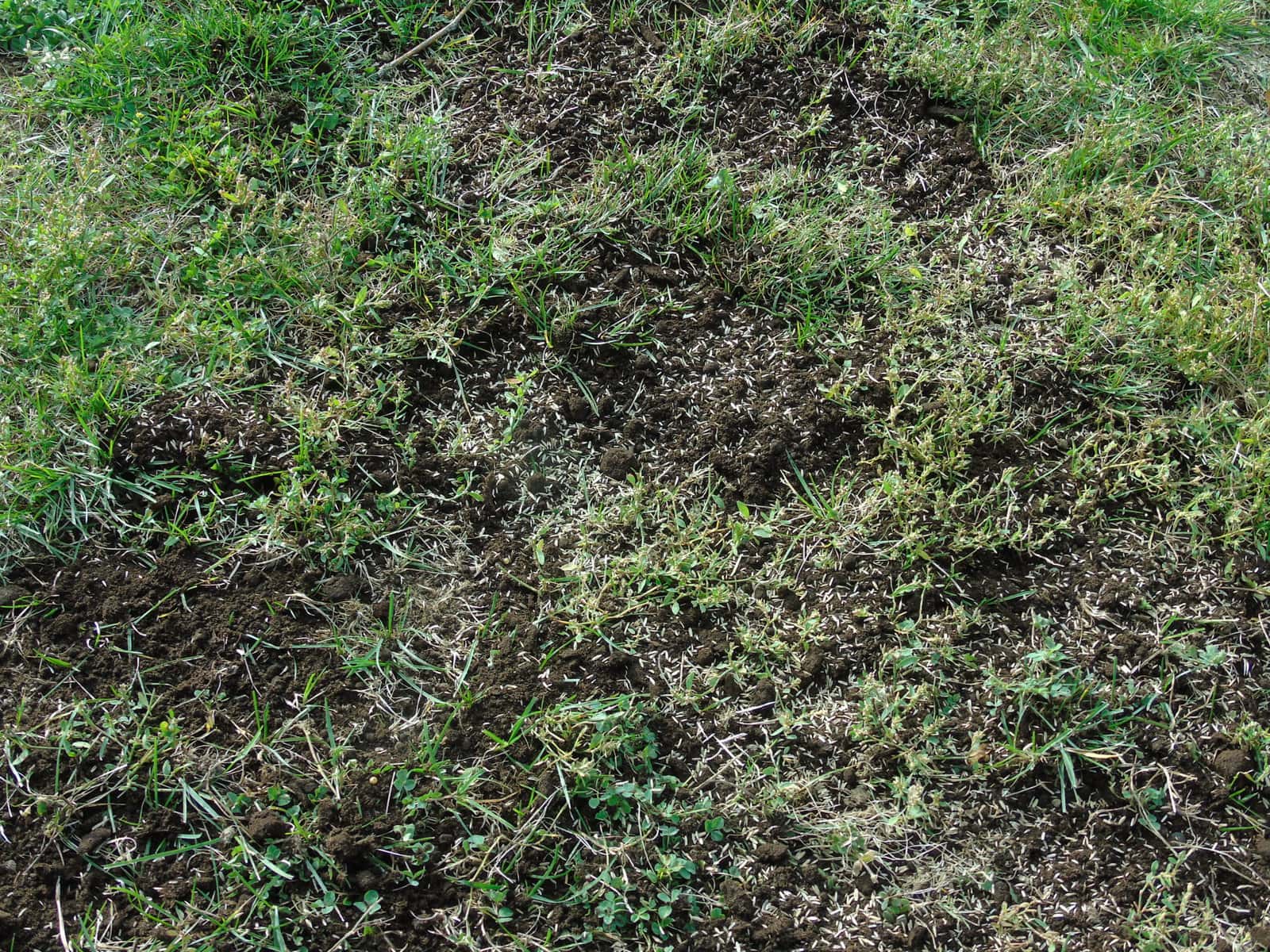Can you believe that Thanksgiving is just a few days away?
I love autumn and watching the last of the flowers showing off in the garden. Mums, bluebeard, anemones, sedums and even some of the annuals, such as dahlias and zinnias are giving all they got.
We are just starting to see the leaves turn to those brilliant leaf colours as well. If only fall would last a few weeks longer (or maybe the whole winter).
Many have been asking me what chores need to get done now and what can be left until spring. Over the next couple of weeks, I will answer those questions.
This week, let’s look at fall lawn care.
One of the things we usually consider a spring task is dethatching your lawn.
This is something that lawn care companies will do for you, but you could do it yourself, with a little muscle.
Thatch is the layer of slowly decomposing grass stems, dead roots and debris that accumulates above the soil and below the grass blades.
It becomes a problem if it is thicker than one-quarter inch. A thick layer of thatch will hang on to the moisture and prevent nutrients from getting down to the roots.
Thatch is usually more of a problem in acidic soils or where high-nitrogen fertilizers have been used too frequently.
Dethatching should be done just before vigorous growth, either early fall or spring.
Unless your thatch layer is more than a quarter inch thick, you do not have to do dethatch regularly.
Having little or no thatch means the sun will dry out the soil quicker, stressing your lawn.
To check if you have a thatch problem, cut out a one-foot square section of lawn and lift it by sliding a spade just under the roots and examine that corky, brown layer in between the roots and grass blades.
To dethatch your lawn yourself, purchase a dethatching rake. It has stiff, diamond-shaped teeth.
Or use or garden rake (but not a fan rake).
As you pull it through the lawn it will pull out the brown, decomposing material. You can also hire a lawn care company to do this for you.
Another chore to consider is aerating, a process where small cores of soil are removed from the lawn to allow more oxygen to reach the roots.
Aeration is most beneficial if you have compacted, heavy clay soil. Usually, it is done in the spring, but you can do it in the fall, especially if it has been a very dry summer.
Taking out cores of soil in the fall allows rain or melting snow during the winter to penetrate the soil better. Aerating also lets more oxygen into the soil to enhance root growth.
Now is also a great time to reseed your lawn. Making your lawn as dense as possible is the best way to curb weed growth.
Grass seed germinates best when the air temperature is around 15C. Make sure you choose a type of grass seed that is right for your light conditions.
You will usually see grass seed sold as a mix of different types of grass. For a sunny area, you want a higher percentage of Kentucky blue grass.
For a shadier location, you want to buy a mix with a higher percentage of fescue grass.
The first step in reseeding is to mow the lawn. Next, topdress it by spreading a thin layer of topsoil or triple mix over the area. This will provide a loose medium for the seed to start rooting in to.
Sow the seed and keep the soil moist until the seed has begun to germinate, which usually takes 10 to 14 days.
Once the leaves have fallen from the trees, make sure you clean up all debris on the lawn to reduce fungus problems in the spring. You can be putting your final application of fertilizer down in October. Choose a fertilizer that is lower in nitrogen (the first number).
When cutting your lawn for the last time in fall, trim the grass a bit shorter than you normally do.
Doing these few chores will leave your lawn in great shape for spring. Get outside and enjoy the beauty of autumn.
Joanne Young is a Niagara-on-the-Lake garden expert and coach. See her website at joanneyoung.ca.










